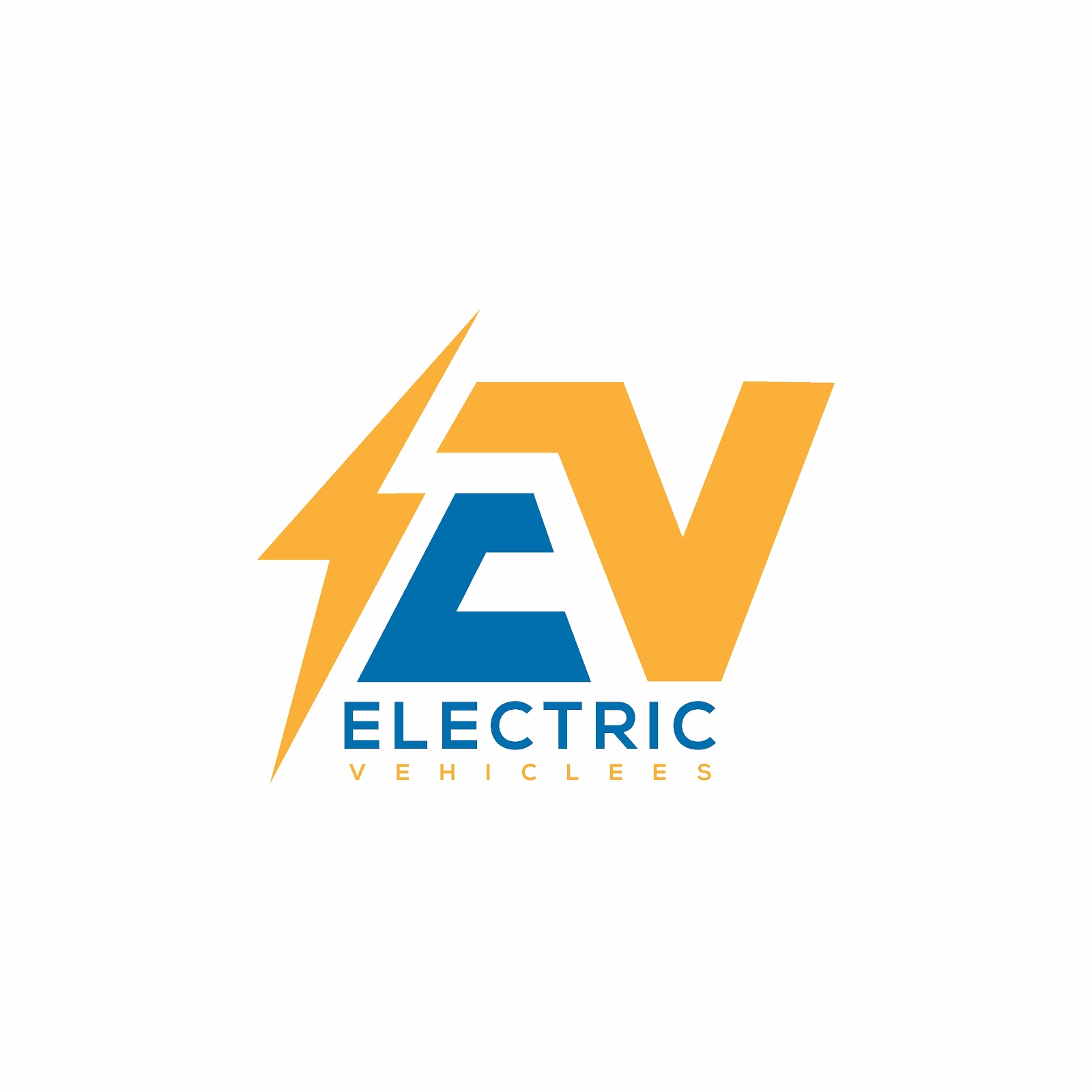The relentless pursuit of technological innovation has paved the way for transformative breakthroughs in the automotive industry, and one such advancement taking the world by storm is wireless EV charging. Similar to the seamless convenience experienced with wireless phone charging, wireless EV charging is making waves in parts of Europe and Asia, with promising prospects of soon becoming a reality in the USA. In this exploration, we delve into the intricacies of wireless EV charging, its operational dynamics, benefits, and the current landscape in the United States. Additionally, we'll spotlight major industry players who are shaping the future of electric vehicle charging as we approach the end of 2022.
How Wireless EV Charging Works
At the heart of wireless EV charging is resonant electromagnetic induction, a process synonymous with inductive charging. The technology mirrors the wireless charging mechanism found in smartphones, employing magnetic coils to transmit electrical current. In this scenario, a magnetic coil in the charging pad sends current to a corresponding coil on the underside of the EV. Once the two pads align, the charging process initiates.
Remarkably efficient, wireless EV charging can deliver up to 20kW of charging power, equivalent to Level 2 charging speeds. According to industry leader WiTricity, known for achieving 90-93 percent efficiency with their wireless EV chargers, the technology is on par with the efficiency of conventional plug-in charging.
While wireless EV charging technology isn't novel, having been introduced by Qualcomm with the Halo system in 2012, recent years have witnessed a surge in interest and adoption, propelled by the growing sales of electric vehicles.
The U.S. Market Landscape
Though wireless EV charging has established a foothold in the U.S., it is not yet as prevalent as in Europe and Asia. The slow pace of adoption can be attributed to the limited availability of EVs equipped for wireless charging. Currently, only the BMW 530e hybrid sedan offers wireless charging as a factory option in the American market. WiTricity, a key wireless charging provider, has garnered attention from industry giants like General Motors, reflecting a potential shift towards wider integration in the future.
WiTricity's survey of 1,000 current and prospective EV owners in the U.S. revealed significant interest, with 81% expressing a high level of interest in EVs equipped for wireless charging. This robust interest suggests a latent demand that could drive future developments in the market.
Wireless EV Charging Options
Wireless EV charging presents itself in two primary forms: static EV charging and dynamic EV charging.
1. Static EV Charging (Home or Office Charging Station):
2. Dynamic EV Charging (Roads and Highways):
The dynamic charging concept is not merely speculative. Stellantis, an automotive manufacturer, is actively working on integrating wireless charging into certain roadways. In a groundbreaking move, the state of Michigan partnered with Electreon in September 2021 to create the first wireless EV charging road in the U.S., a one-mile stretch in Detroit set to be accessible to the public upon completion.
Wireless EV Charging Benefits
The allure of wireless EV charging lies in its array of benefits, particularly for commercial vehicles and everyday EV owners.
1. No Wires:
2. Lower Accident Risk:
3. More Convenience:
4. Time Savings:
Wireless EV Charging Infrastructure Costs
Currently, Plugless Power leads the market as the primary supplier of wireless charging solutions. Their third-generation wireless charger, priced at around $3,500, represents the current cost for this technology. As the market expands, it is anticipated that the costs will evolve, but precise projections remain elusive.
Major Players in the EV Wireless Charging Industry
Several key players are instrumental in shaping the landscape of wireless EV charging:
1. Continental AG:
2. Daihen Corporation:
3. Delachaux Group:
4. Electreon, Inc.:
5. ELIX Wireless:
6. HEVO, Inc.:
7. InductEV (formerly Momentum Wireless Power):
8. Mojo Mobility, Inc.:
9. WAVE, Inc.:
As we navigate the evolving landscape of electric mobility, wireless EV charging emerges as a promising frontier, offering a glimpse into a future where the act of charging seamlessly integrates into our daily lives. While the U.S. is on the brink of widespread adoption, the strides made in Europe and Asia serve as beacons, illuminating the path towards a more sustainable and convenient future for electric vehicle enthusiasts globally.







